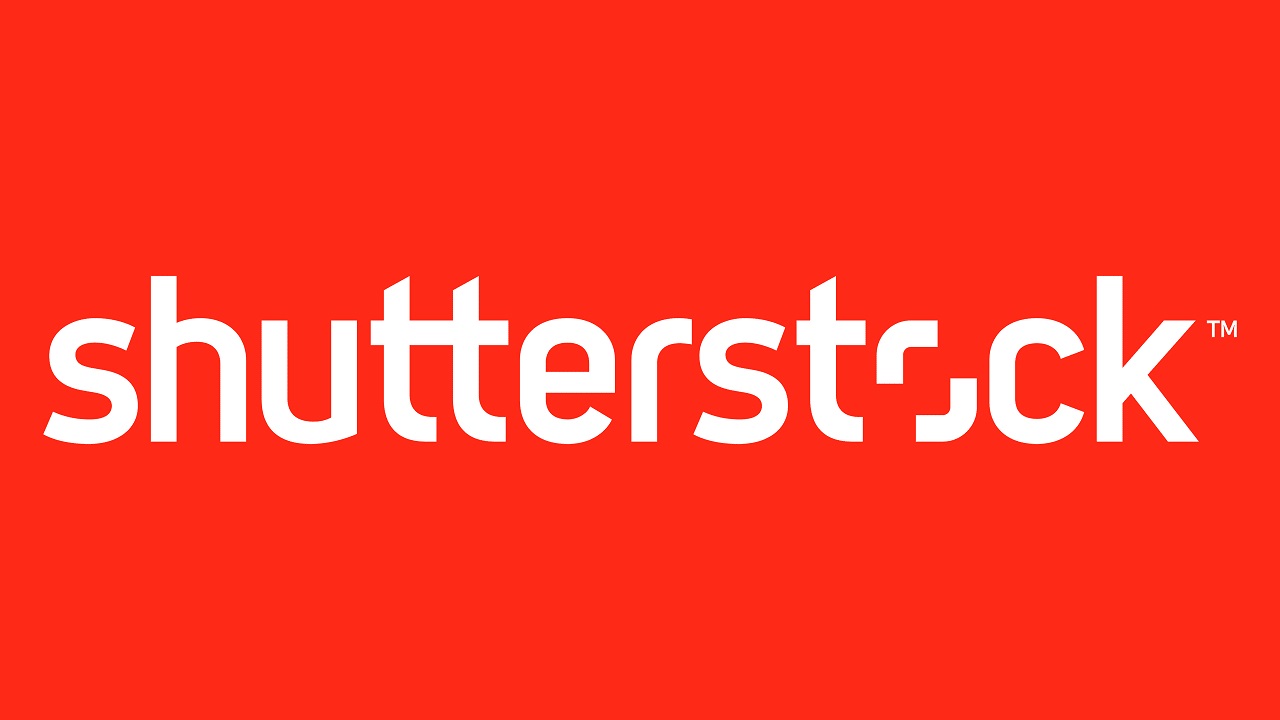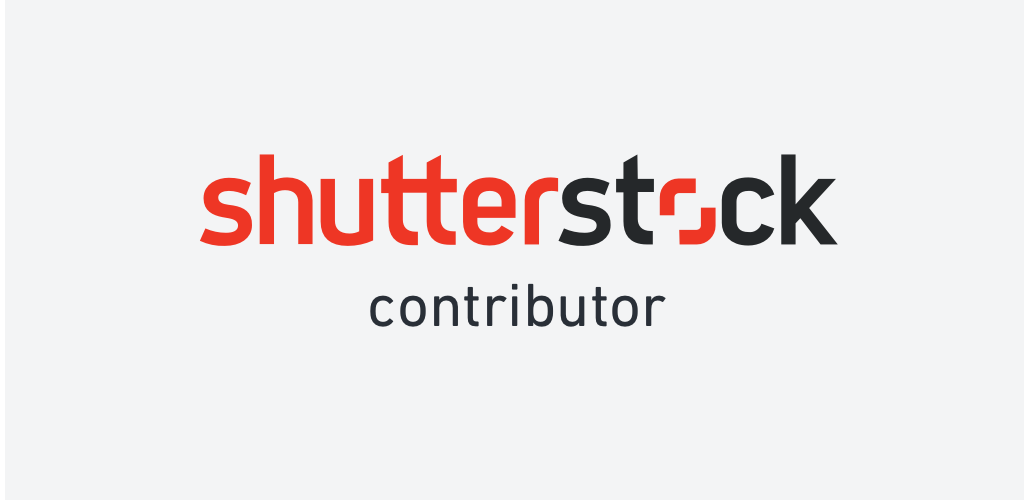Welcome to the world of Shutterstock, where selling photos is made easy and accessible to everyone. In this comprehensive guide, we will explore the secrets of Shutterstock and uncover how you can turn your passion for photography into a lucrative income stream. Whether you're an amateur photographer looking to monetize your hobby or a professional seeking to expand your portfolio, Shutterstock offers a platform for photographers of all levels to showcase their work and reach a global audience. Join us as we embark on a journey to unlock the secrets of Shutterstock and discover the opportunities awaiting aspiring photographers like you.
Understanding Shutterstock

Shutterstock is a prominent online marketplace for creative professionals, offering a vast collection of royalty-free images, videos, music, and more. Here's a closer look at what Shutterstock is all about:
- History: Founded in 2003 by entrepreneur Jon Oringer, Shutterstock has grown into one of the largest and most popular stock media platforms in the world. The company went public in 2012, further solidifying its position in the market.
- Content Library: Shutterstock boasts an extensive library of over 350 million high-quality assets, including photos, illustrations, vectors, videos, and music tracks. This diverse range of content caters to a wide range of creative needs across various industries and niches.
- Licensing Model: Shutterstock operates on a royalty-free licensing model, allowing users to access and use assets for commercial and non-commercial purposes without the need for additional permissions or payments beyond the initial license fee.
- Global Reach: With customers and contributors from around the globe, Shutterstock's reach extends far beyond its headquarters in New York City. Its platform is available in multiple languages, making it accessible to users worldwide.
- Search and Discovery: Shutterstock's intuitive search and discovery tools make it easy for users to find the perfect asset for their projects. Filters, categories, and keyword search functionality help streamline the browsing experience and ensure relevant results.
Overall, Shutterstock plays a vital role in the creative ecosystem, providing a convenient and reliable platform for both content creators and consumers to access and share high-quality visual and audio assets.
Also Read This: Understanding LinkedIn Pulse for Effective Thought Leadership
Getting Started as a Shutterstock Contributor

Becoming a Shutterstock contributor is a straightforward process that allows photographers, videographers, illustrators, and musicians to monetize their creative work. Here's how you can get started:
- Create an Account: The first step is to sign up for a Shutterstock contributor account. You can do this by visiting the Shutterstock website and clicking on the "Become a Contributor" or "Sign Up" button. Fill out the required information and agree to the terms and conditions.
- Submit Your Work: Once you have an account, you can start uploading your photos, videos, illustrations, or music tracks to the Shutterstock platform. Make sure your content meets the platform's quality and content guidelines to ensure acceptance.
- Keyword and Metadata: For each asset you upload, provide relevant keywords and metadata to help users discover your work. Accurate and descriptive keywords improve the visibility of your content in search results and increase the likelihood of sales.
- Submit for Review: After uploading your content and adding metadata, submit it for review by Shutterstock's team of reviewers. They will assess your work based on quality, relevance, and adherence to guidelines. If approved, your assets will be added to the Shutterstock library.
- Monitor Performance: Once your content is live on the platform, you can track its performance through the Shutterstock contributor dashboard. Monitor downloads, views, and earnings to gain insights into which assets resonate most with users and optimize your portfolio accordingly.
By following these steps and consistently uploading high-quality content, you can start earning money as a Shutterstock contributor and build a successful portfolio over time.
Also Read This: Understanding the Time Required to Upload a YouTube Video
Tips for Successful Photo Selling on Shutterstock
Successfully selling photos on Shutterstock requires more than just uploading images. Here are some tips to help you maximize your earnings:
- Focus on Quality: Quality is key to standing out on Shutterstock. Ensure your photos are sharp, well-composed, and free from technical flaws like noise and artifacts.
- Keyword Optimization: Use relevant and descriptive keywords to tag your photos. Think about how buyers might search for your images and include terms that accurately describe the content.
- Diversify Your Portfolio: Offer a variety of subjects, styles, and concepts in your portfolio to appeal to a broad audience. Consider trends and seasonal themes when planning your uploads.
- Keep It Fresh: Regularly update your portfolio with new content to keep it relevant and engaging. Fresh uploads can attract attention from buyers and increase your visibility on the platform.
- Research Market Trends: Stay informed about market trends and popular topics to guide your content creation efforts. Monitor Shutterstock's "Trending Searches" and "Popular Categories" to identify in-demand themes.
- Optimize Titles and Descriptions: Craft compelling titles and descriptions that accurately represent your photos and entice buyers to click. Use language that is clear, concise, and persuasive.
- Consider Commercial Appeal: While artistic expression is important, keep in mind the commercial potential of your photos. Images that can be used for advertising, marketing, or editorial purposes tend to sell well.
- Engage with the Community: Participate in Shutterstock's contributor forums, groups, and events to network with other creators, share tips, and learn from experienced contributors.
- Promote Your Work: Leverage social media, blogs, and personal websites to showcase your portfolio and attract potential buyers. Share behind-the-scenes stories, photography tips, and exclusive offers to engage your audience.
By implementing these tips and strategies, you can increase your chances of success as a Shutterstock contributor and generate consistent income from your photography.
Also Read This: How to Create a Free Website Using Google
Maximizing Your Earnings on Shutterstock
To boost your earnings as a Shutterstock contributor, consider implementing the following strategies:
- Upload Regularly: Consistently adding new content to your portfolio keeps it fresh and increases your visibility to buyers.
- Focus on High-Demand Topics: Research popular trends and topics to guide your content creation efforts. Images related to current events, holidays, and seasonal themes often perform well.
- Optimize Metadata: Use relevant keywords, titles, and descriptions to improve the discoverability of your images. Think like a buyer and include terms they might use when searching for content.
- Offer Variety: Diversify your portfolio with a range of subjects, styles, and concepts to appeal to different buyers and increase your chances of sales.
- Focus on Quality: Ensure your images are technically sound and visually appealing. High-quality photos are more likely to attract buyers and command higher prices.
- Participate in Special Programs: Shutterstock offers special programs like "Editorial Use Only" and "Custom Content" that allow contributors to monetize specific types of content or collaborate with clients directly.
- Stay Informed: Keep up-to-date with industry trends, Shutterstock's guidelines, and customer preferences to stay ahead of the competition and adapt your strategy accordingly.
- Promote Your Portfolio: Share your Shutterstock portfolio on social media, personal websites, and photography forums to attract potential buyers and increase your exposure.
- Engage with the Community: Join Shutterstock's contributor forums and groups to connect with other creators, share tips, and learn from experienced contributors.
- Optimize Pricing: Experiment with different pricing tiers to find the balance between maximizing your earnings and appealing to buyers with competitive prices.
By implementing these strategies and staying proactive in managing your Shutterstock portfolio, you can maximize your earnings and achieve success as a stock photo contributor.
Also Read This: Updating Your Adobe Portfolio to Behance Migration Guide
Marketing Your Shutterstock Portfolio
Effectively marketing your Shutterstock portfolio can help increase your visibility, attract potential buyers, and boost your sales. Here are some strategies to consider:
- Optimize Your Shutterstock Profile: Create a compelling profile that showcases your best work and provides relevant information about your background, expertise, and artistic style.
- Share on Social Media: Leverage social media platforms like Instagram, Facebook, Twitter, and LinkedIn to promote your Shutterstock portfolio. Share previews of your images, behind-the-scenes content, and updates about new uploads.
- Create a Personal Website: Establish a personal website or portfolio to showcase your Shutterstock images in a professional and customizable format. Include links to your Shutterstock profile and contact information for potential clients.
- Collaborate with Influencers: Partner with influencers, bloggers, and content creators who can help promote your Shutterstock portfolio to their followers. Offer them access to your images in exchange for exposure or promotion.
- Attend Industry Events: Participate in photography exhibitions, trade shows, and networking events to connect with potential clients, collaborators, and industry professionals. Use these opportunities to showcase your work and build relationships.
- Offer Special Promotions: Run limited-time promotions or discounts on selected images in your Shutterstock portfolio to attract buyers and incentivize purchases. Use promotional codes or exclusive offers to encourage engagement.
- Engage with Your Audience: Interact with your audience on social media, forums, and community platforms to build relationships and foster a sense of community around your work. Respond to comments, messages, and inquiries promptly and professionally.
- Utilize Email Marketing: Build an email list of interested prospects and subscribers and send regular newsletters or updates showcasing your latest Shutterstock uploads, featured collections, and exclusive offers.
- Collaborate with Brands and Agencies: Reach out to brands, agencies, and businesses that may be interested in licensing your images for their marketing campaigns, advertising materials, or editorial content. Offer them access to your Shutterstock portfolio and negotiate licensing agreements.
By implementing these marketing strategies and consistently promoting your Shutterstock portfolio across various channels, you can increase your visibility, attract potential buyers, and ultimately grow your sales and revenue as a stock photo contributor.
Also Read This: How to Create a Contract Template in ShootProof
Common Questions about Selling Photos on Shutterstock
Here are answers to some frequently asked questions about selling photos on Shutterstock:
- How much can I earn selling photos on Shutterstock?
Your earnings as a Shutterstock contributor depend on various factors, including the quality and quantity of your images, market demand, and licensing agreements. Contributors typically earn royalties ranging from 15% to 40% of the purchase price for each licensed download. - Do I retain the rights to my photos when selling them on Shutterstock?
Yes, as a Shutterstock contributor, you retain the copyright to your photos. By submitting them to Shutterstock, you grant the platform a non-exclusive license to sell and distribute your images to buyers. - How do I know if my photos are suitable for Shutterstock?
Shutterstock accepts a wide range of high-quality images, including photos of people, places, objects, and concepts. However, all submissions must meet the platform's technical and content guidelines, including resolution, focus, lighting, and subject matter. - What types of licenses are available for Shutterstock images?
Shutterstock offers various licensing options to buyers, including Standard, Enhanced, and Editorial licenses. The type of license determines how the image can be used, such as for commercial or editorial purposes, and the rights granted to the buyer. - How long does it take for my photos to be reviewed on Shutterstock?
The review process for Shutterstock submissions typically takes a few days, but it may vary depending on the volume of submissions and the current workload of the review team. You can track the status of your submissions through the Shutterstock contributor dashboard. - Can I sell the same photos on other platforms besides Shutterstock?
Yes, you can sell your photos on multiple platforms simultaneously, as long as you have the right to do so and abide by the terms and conditions of each platform. However, exclusive agreements with other platforms may restrict your ability to sell the same images elsewhere.
These are just a few common questions about selling photos on Shutterstock. If you have additional inquiries or need further assistance, you can refer to Shutterstock's official documentation or contact their support team for guidance.
Conclusion
Selling photos on Shutterstock can be a rewarding endeavor for photographers and creatives looking to monetize their work. By understanding the platform, optimizing your portfolio, and implementing effective marketing strategies, you can increase your visibility, attract potential buyers, and maximize your earnings.
Remember to focus on quality, diversity, and relevance when uploading photos to Shutterstock, and stay informed about market trends and customer preferences. Engage with the community, promote your portfolio across various channels, and continuously strive to improve your craft.
With dedication, persistence, and creativity, you can build a successful career as a Shutterstock contributor and generate consistent income from your photography passion.
Start your journey on Shutterstock today and unlock the potential to showcase your talent to a global audience!
